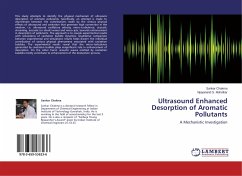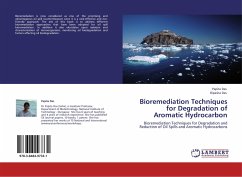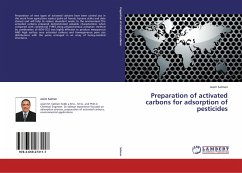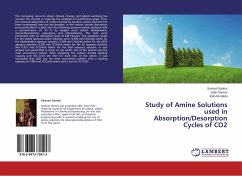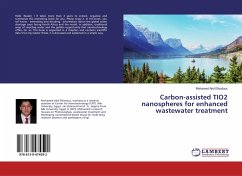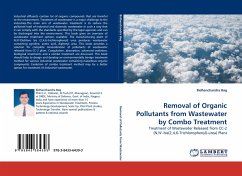This study attempts to identify the physical mechanism of ultrasonic desorption of aromatic pollutants. Specifically, an attempt is made to discriminate between the contributions made by the various physical effects of ultrasound and cavitation that generate high convection in the medium, i.e. ultrasound oscillatory velocity, micro-turbulence, acoustic streaming, acoustic (or shock) waves and micro-jets, towards enhancement in desorption of pollutants. The approach is to couple experimental results with simulations of cavitation bubble dynamics. Qualitative comparison between experimental and simulations results helps discern the individual contribution of various physical phenomena associated with cavitation bubbles. The experimental results reveal that the micro-turbulence generated by cavitation bubble plays insignificant role in enhancement of desorption. On the other hand, acoustic waves emitted by cavitation bubbles mostly contribute to enhancement of the desorption process.

